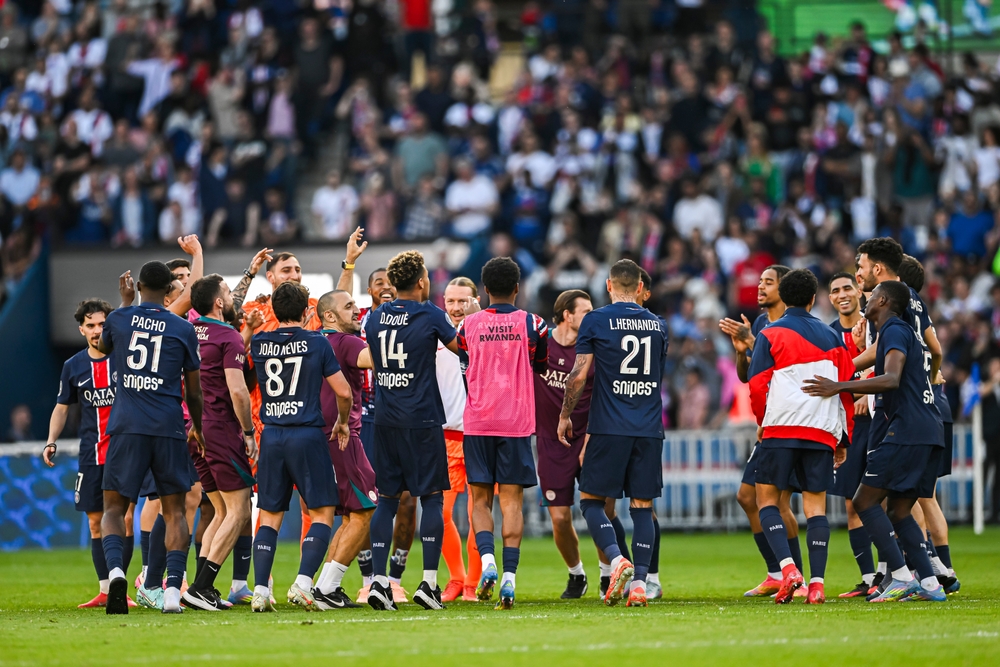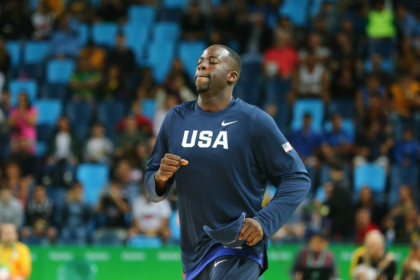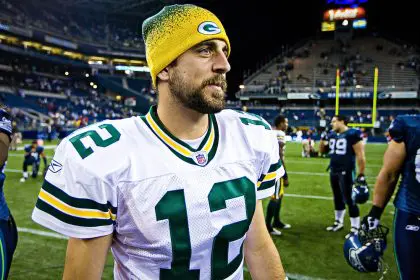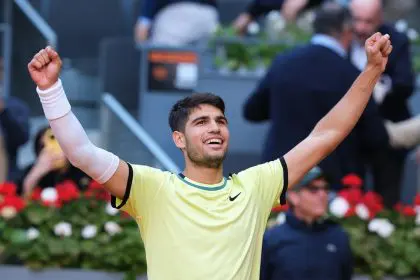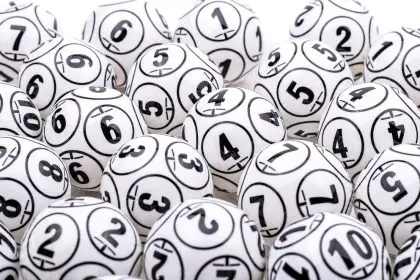Sometimes the best thing that can happen to a team is losing their biggest star. That sounds counterintuitive, especially when you’re talking about losing someone like Kylian Mbappé, but Paris Saint-Germain just proved that building a cohesive unit can be more powerful than assembling a collection of individual superstars who don’t quite fit together.
Saturday’s 5-0 demolition of Inter Milan in the Champions League final wasn’t just a victory—it was a statement that PSG had finally figured out the formula that had eluded them for over a decade. After years of heartbreaking exits, tactical misfits, and enough drama to fuel a Netflix series, they delivered what might have been the most dominant Champions League final performance in history.
The journey to this moment has been absolutely wild, filled with enough plot twists to make a soap opera jealous. When Qatar Sports Investments took over PSG in 2011, the club was ranked 48th in Europe, which was actually an improvement from being 90th the year before. Fourteen years and countless transfer splashes later, they’re European champions, and the path they took to get there is fascinating.
The superstar experiment that almost worked
For most of the past decade, PSG’s approach was beautifully simple and ultimately flawed: buy the biggest names available and hope they figure out how to play together. The strategy produced some incredible individual moments and plenty of domestic success, but it also created a fundamental tactical problem that proved impossible to solve.
The Neymar-Messi-Mbappé era looked unstoppable on paper, but it created a defensive nightmare that opposing teams learned to exploit. When your three most talented players won’t press or track back, you’re essentially playing with eight men when you don’t have the ball, no matter how gifted those three happen to be.
Real Madrid’s Karim Benzema perfectly captured the issue after knocking PSG out in 2022, explaining that the secret was simply to press them aggressively. When teams did that, PSG would mentally collapse and give up on games they should have won. It was a brutal but accurate assessment of a team that looked magnificent in possession but fragile under pressure.
The tactical revolution under Luis Enrique
Everything changed when Luis Enrique took over and made the decision to prioritize team cohesion over individual brilliance. The Spanish coach understood that modern football demands every player to contribute defensively, and he was willing to sacrifice star power to achieve tactical balance.
Losing Mbappé to Real Madrid could have been devastating, but instead it freed Luis Enrique to implement the high-pressing, high-intensity system he’d been trying to install. Without having to accommodate a superstar who wouldn’t press, he could finally build the team he envisioned from the beginning.
The transformation wasn’t immediate or easy. PSG struggled early in the season, finding themselves in 25th place out of 36 teams in the Champions League’s new format with just three matches remaining. That’s when everything clicked into place, starting with a 3-0 victory over RB Salzburg that began an incredible run of form.
The comeback that changed everything
If there was a single moment that defined PSG’s championship season, it was their January comeback victory over Manchester City. Trailing 2-0 with 35 minutes remaining, PSG scored four goals to stun Pep Guardiola’s team in what many consider the turning point of their entire campaign.
That comeback wasn’t just about the goals—it was about the mentality shift that had been brewing all season. Instead of mentally giving up when things went wrong, this PSG team found another gear and overwhelmed opponents with relentless pressure and pace. They attempted 18 shots to City’s two in the final half-hour, literally running one of Europe’s best teams into the ground.
The victory proved that Luis Enrique’s tactical revolution had taken hold. PSG had become a team that could hurt opponents in multiple ways: through patient possession, quick counters, or sustained pressure. They had developed the tactical flexibility that championship teams need.
Young stars stepping into the spotlight
What makes PSG’s transformation even more impressive is how it was driven by young players stepping into bigger roles rather than expensive transfer acquisitions. Ousmane Dembélé moved from the wing to center forward and became one of the most prolific goalscorers in Europe, while teenager Désiré Doué evolved from a bench player into a crucial starter.
Dembélé’s repositioning was particularly brilliant. After struggling on the right wing early in the season, he exploded once moved centrally, scoring 27 goals with eight assists in 31 matches from mid-December onward. His ability to drift wide and create space for teammates while also finishing chances made him the perfect focal point for Luis Enrique’s system.
Meanwhile, Doué went from playing 30 minutes per game to over 60, developing into one of Europe’s most exciting young talents. His tireless running and versatility allowed PSG to maintain their intense pressing throughout matches while providing constant threats in attack.
The depth that makes champions
Perhaps the most impressive aspect of PSG’s championship run was how they used their incredible depth to overwhelm opponents. Unlike previous years when they relied heavily on a few superstars, this team had multiple players capable of changing games at any moment.
Achraf Hakimi and Nuno Mendes became arguably the best fullback pairing in world football, providing width in attack while maintaining defensive solidity. Vitinha emerged as a midfield maestro capable of controlling tempo and creating chances. Even bench players like Bradley Barcola made crucial contributions when called upon.
The statistical improvements tell the story of a team that had finally found its identity. PSG allowed just 44.1 progressive carries per match in the Champions League knockout rounds, their lowest ever total, while averaging 18.6 shots per 90 minutes, higher than they ever managed with their previous superstar lineup.
A championship built on modern football principles
What PSG accomplished this season represents a vindication of modern tactical principles over individual star power. By prioritizing pressing, defensive intensity, and tactical flexibility, they built a team that could adapt to any situation and overwhelm opponents through collective excellence.
The January addition of Khvicha Kvaratskhelia provided the final piece of the puzzle, giving them another tireless runner who could press from the front while also creating chances in the final third. Combined with the development of their young core, PSG had assembled a squad that was both talented and tactically coherent.
Their 5-0 demolition of Inter Milan in the final showcased everything they’d learned over the past 14 years. They pressed aggressively, moved the ball quickly, and finished their chances with clinical precision. It was the performance of a team that had finally figured out how to maximize their potential.
The long-term implications of this triumph
What makes PSG’s championship even more impressive is how young their core group remains. Most of their key players are in their early-to-mid twenties, suggesting this could be the beginning of a sustained period of success rather than a one-time achievement.
Players like Pacho, Ramos, Barcola, Mendes, João Neves, and Doué are all 23 or younger, meaning PSG’s best years might still be ahead of them. The foundation Luis Enrique has built appears designed for long-term success rather than short-term glory.
The transformation from a team built on individual brilliance to one based on collective excellence represents more than just tactical evolution—it’s a complete philosophical shift that could influence how other super-clubs approach team building in the future. Sometimes the hardest lesson to learn is that addition by subtraction isn’t just possible, it can be revolutionary.

